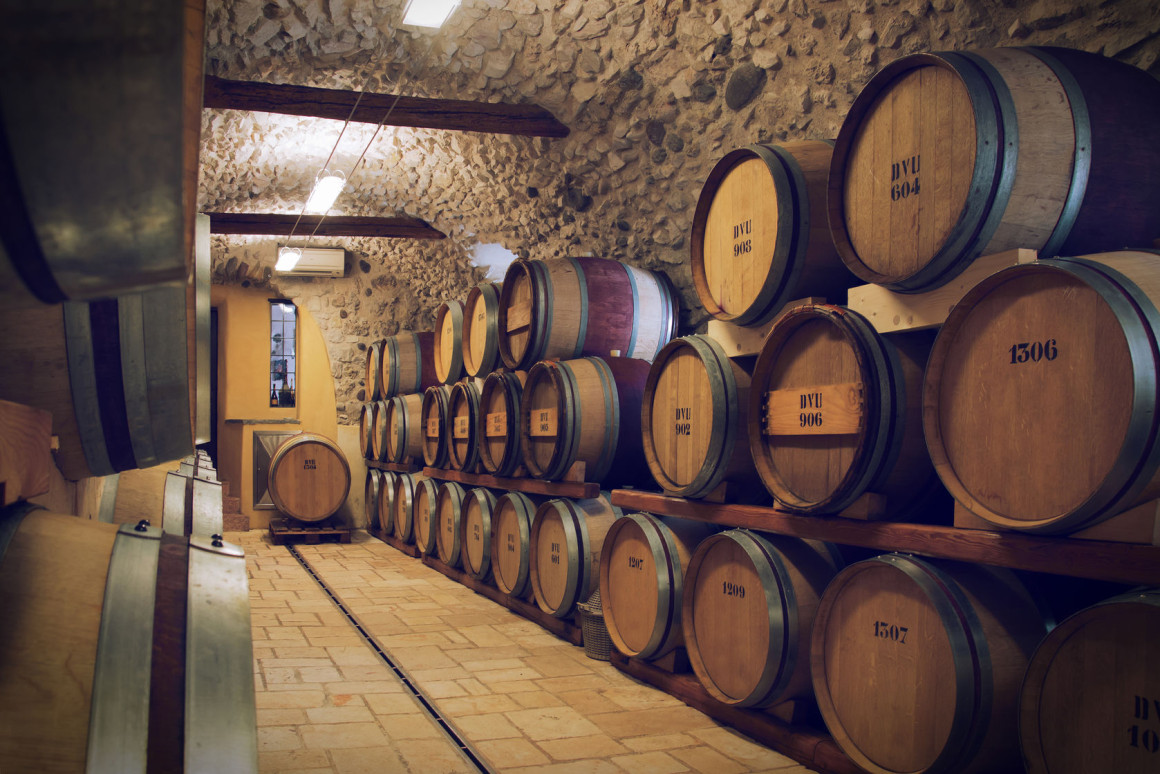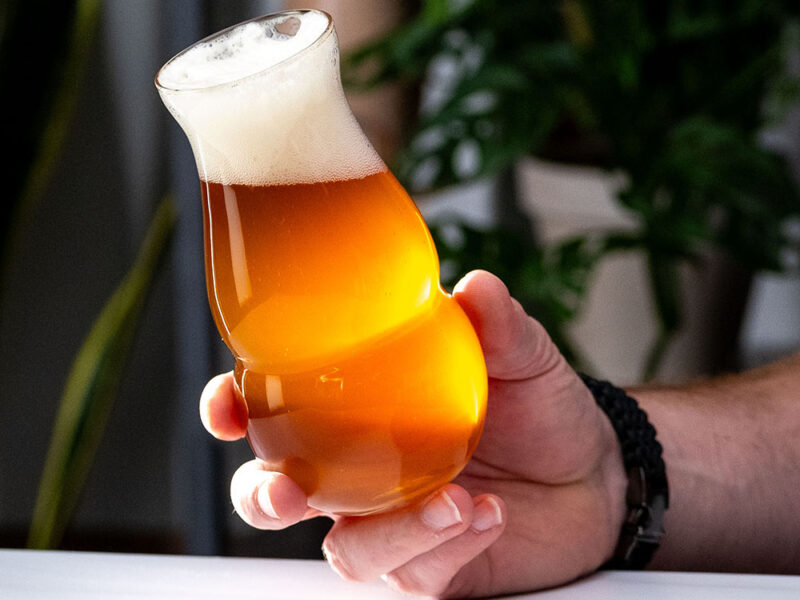To many beerknurds, the term “barrel aged” inspires something akin to religious devotion. But to the uninitiated, it’s just wood, right? Maybe not.
Historically speaking, wooden barrels are nothing new. For thousands of years, beers were brewed, fermented, aged and transported in them. But after Prohibition, American brewers consolidated and turned to larger-capacity vessels. These days, most beer ferments in large, conical-shaped stainless steel fermenters. Stainless steel is easy to sanitize, and the shape allows dormant yeast to collect neatly at the bottom—and out of the delicious brew. Generally speaking, this process takes a week or two, at which point the beer is kegged or bottled, and the tanks are free to be cleaned and filled with another batch. But today’s craft brewers are experimenting more and, in many ways, returning to traditional techniques.
“Oak barrels offer a great degree of complexity,” says Kevin Martin, the lead blender and cellar master at Cascade Brewing Barrel House in Portland. Compared to the sterility of stainless steel, an oak barrel is porous and allows the beer to mature in a unique way. This is thanks to wild organisms living in the wood, as well as remnants of whatever spirit last called the barrel home (mmm, bourbon!).
Some beer styles naturally lend themselves to barrel aging. A spiced porter in a bourbon barrel, for instance, may pick up notes of rich vanilla or coconut or toasted marshmallow or crème brûlée. A crisp blonde ale or saison aged in a Chardonnay barrel may take on hints of apple or pepper. Styles like IPA or hefeweizen that are meant to be drunk fresh are less often matured in this way—not that that stops anyone.
As with any good thing, there are drawbacks. Barrel-aged beers typically sit on wood for three to 12 months, which is particularly daunting for new brewers who are trying to keep their head above water. Because barrels are porous, they can leak and let in beer-spoiling oxygen. They also open the beer up to the elements.
“When you work with barrels and fresh fruit, other critters inevitably come into play,” Martin points out. “And we celebrate that.”
Young barrels—which still retain hints of booze and are usually free of wild yeast and bacteria—are typically used when the brewer wants to impart barrel flavors without souring the beer. But according to Real Ale’s Erik Ogershok, after two to four uses, barrels tend to become flavor neutral and pick up wild organisms, at which point they can be used for wild ale production.
This is the most unpredictable part of barrel aging. “You can set up the conditions and keep your fingers crossed, but sometimes you get something wild and you work with it,” says Martin, laughing. For this reason, many barrel-aged beers are blended. And as Cascade’s lead blender, it’s his job to find that just-right finished product.
Because of all its complexities, barrel aging makes it easier to create something no one has ever tasted. Consider Founders Kentucky Breakfast Stout or Allagash Curieux. “As many breweries as there are in the country, it’s hard to be unique,” shares Martin. “But barrel aging helps you distinguish yourself.”
Compared to other innovations that have stemmed from the craft beer revolution, barrel aging is still a niche market. So what should you look for if you’re new to the style? In most cases, a barrel-aged beer is going to be a fuller-flavored, more-expensive version of the base beer. On the wild side, start with a young bottle that’s had less time to sour—perhaps a farmhouse ale—rather than diving head first into what Jolly Pumpkin’s Ron Jeffries calls a “throat ripper.”
Happy sipping.








